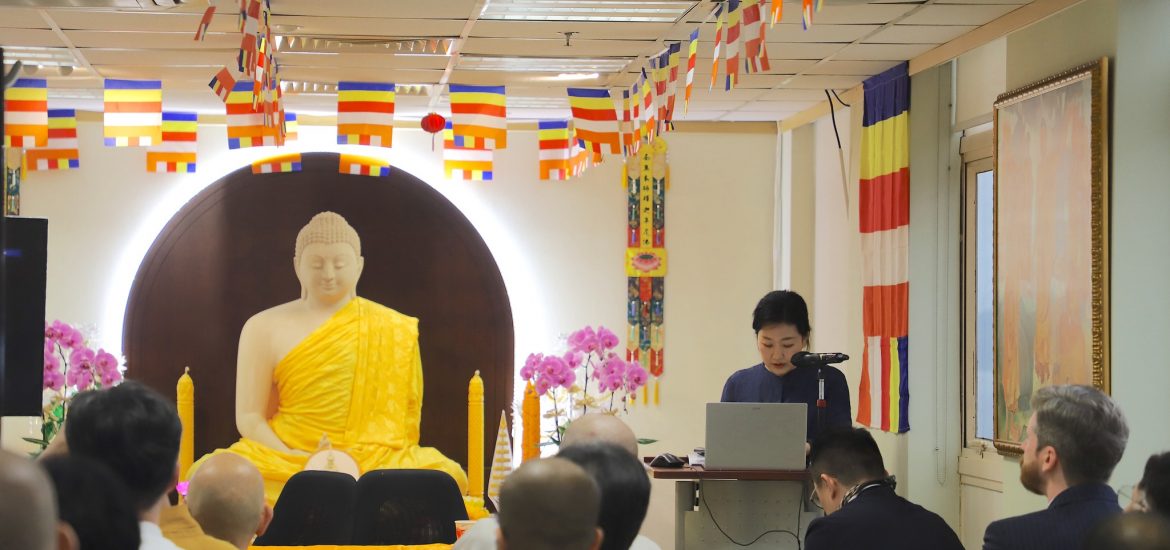The Buddha-Dharma Centre of Hong Kong held its first international conference in collaboration with Dongguk University from 23–24 June. I had the pleasure of attending and was reminded of how much more I prefer small conferences over big ones. Big ones are often unwieldy and often compromise quality of papers presented or the balance of time for speakers. This end-of-week conference, held over last Friday and Saturday, hit the sweet spot of two days, with 30 minutes of time allocated to speakers, allowing them to elaborate on their thesis while enforcing brevity and clarity.
Even a cursory glance at the conference schedule, which I like to call “comprehensive but compact” (the best kind of conference timetable), demonstrates the richness of scholarship on new developments that build on past findings or provide new perspectives about Buddhist history in Asia.
The story of “Buddhism-s” in the tradition’s home continent spanned different time periods, covering medieval diffusions and contemporary issues like the decline of Buddhism in South Korea. Furthermore, the conference paved the way for the establishment of the new Asian Association for Buddhist Studies, headed by Prof. Ven. K.L. Dhammajoti and Prof. Soonil Hwang.
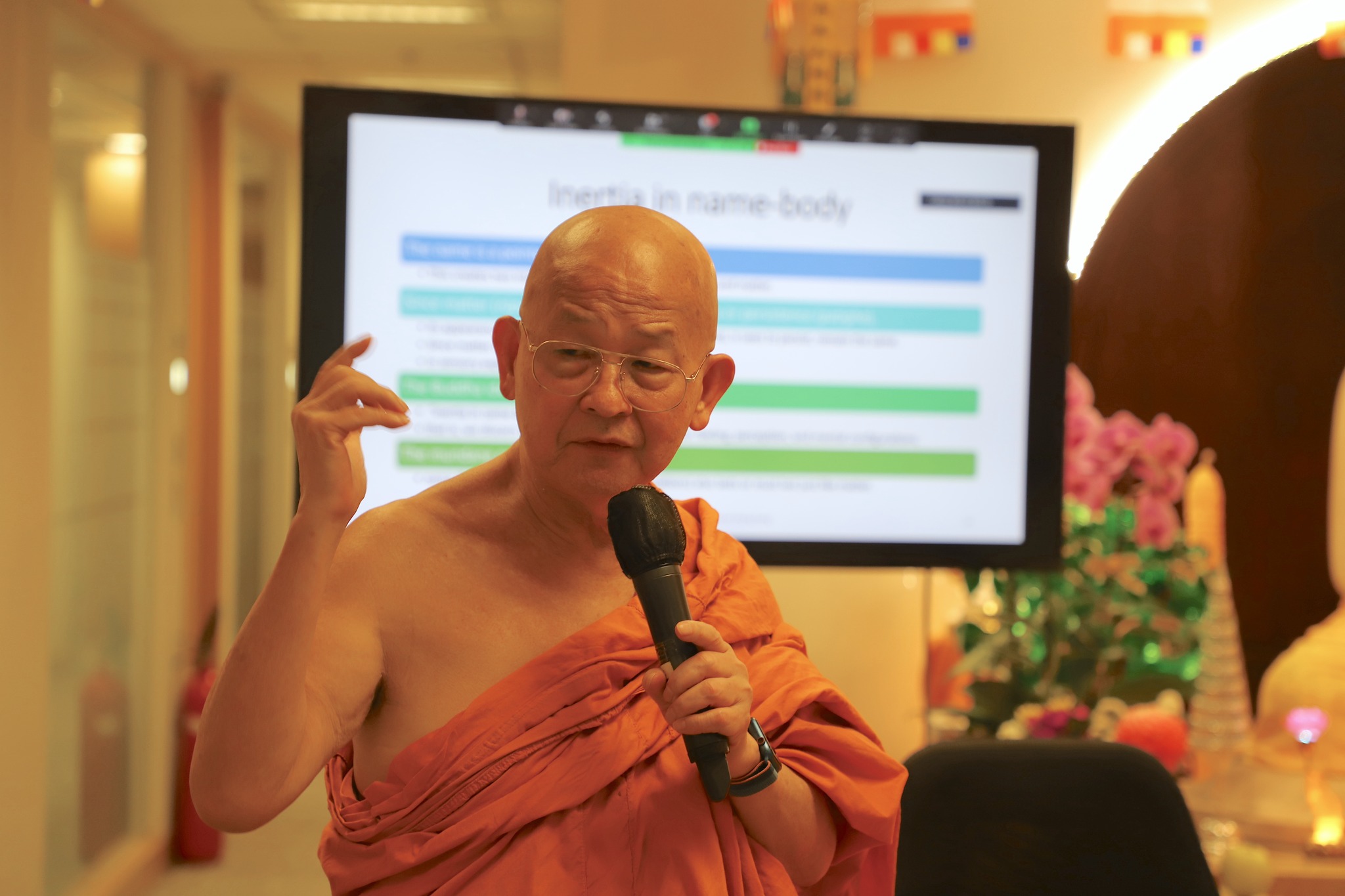
Every speech had its strengths, but there were several highlights for me. Let us take Day One. One talk I found particularly engrossing was Prof. Hayashidera’s “Textual Study of the Buddhist Scriptures’ Manuscripts of the Empress Komyo 光明 (701-760) in Japan.” Komyo was a formative figure in the early diffusion of Buddhism into Japan. Another talk that I enjoyed was Dr. Eng Jin Ooi’s “Aspiring to be the Buddha – readings from the manuscript colophons of the Siamese Milindapanha (Questions of Milinda).” His speech told the story of how the Siamese Milindapanha (of which there are several recensions) betrays the aspiration of becoming a Buddha, which crosses class distinctions but is fused in royal Thai tradition with the initial chakravartin ambition (with the chakravartin being subordinated to the ultimate dream of becoming a Buddha).
Two younger scholars also gave excellent speeches. Dr. Jiyun Kim offered an excellent lecture on the transmission of a relatively lesser-known text, the Shi-moheyan-lun (a commentary on the Awakening of Mahāyāna Faith), across Asia (“Exchange of Texts in East Asian Buddhism: Focusing on the Shi Moheyan Lun (釋摩訶衍論)”). Fellow academic Dr. Jahyun Kim revealed a fascinating connection between Goryeo Buddhist art and probably aesthetic predecessors in the art of Western Xia (“A Study of the Origin and Formation of Korea Buddhist Iconography”).
Day Two featured several excellent lectures on the contemporary situation of Korean Buddhism and Buddhism as a whole. My favorite lecture of the entire conference was given by Dr. Song Chong Lee of Seoul National University. He presented a fascinating paper drawn from the wisdom of Wonhyo (617-86), “Mahayana Inspiration: A Buddhist Perspective on Ethics in Cyberspace.”
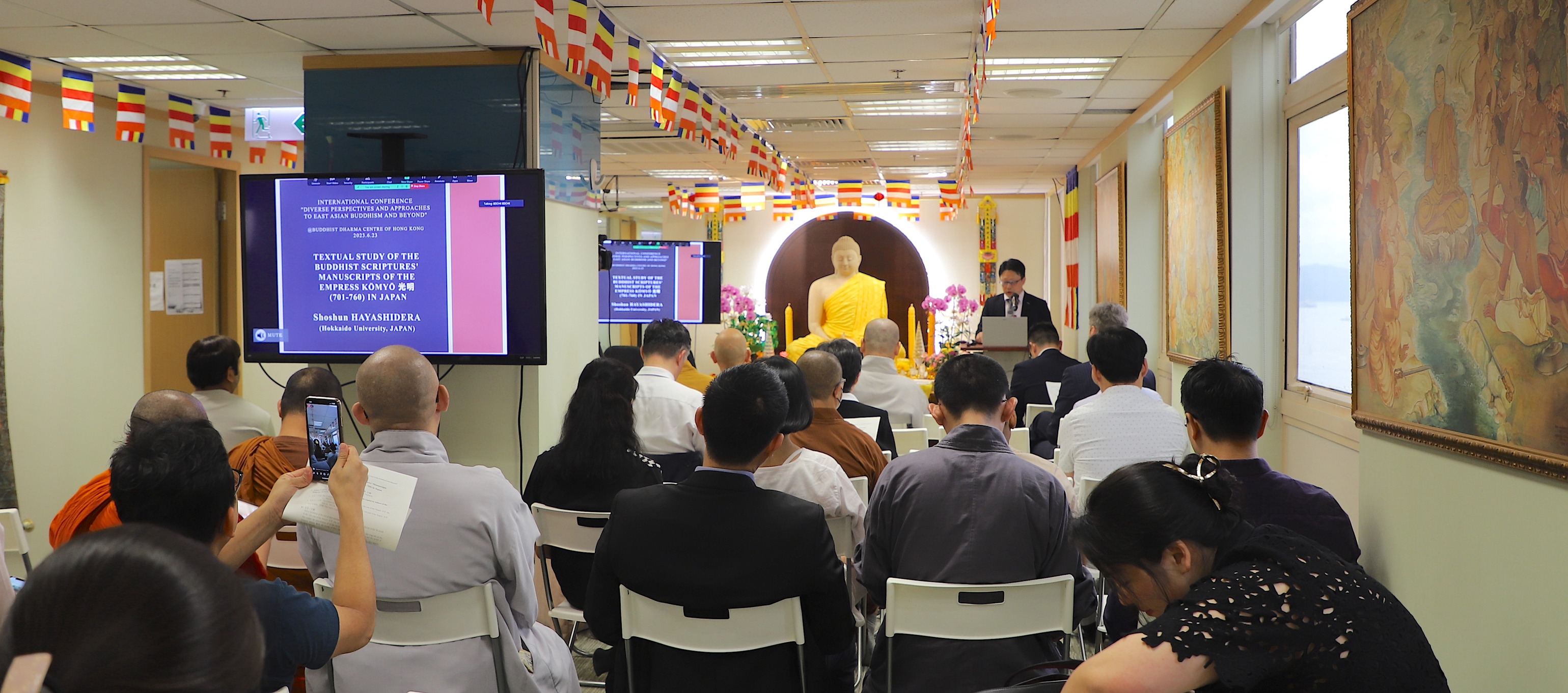
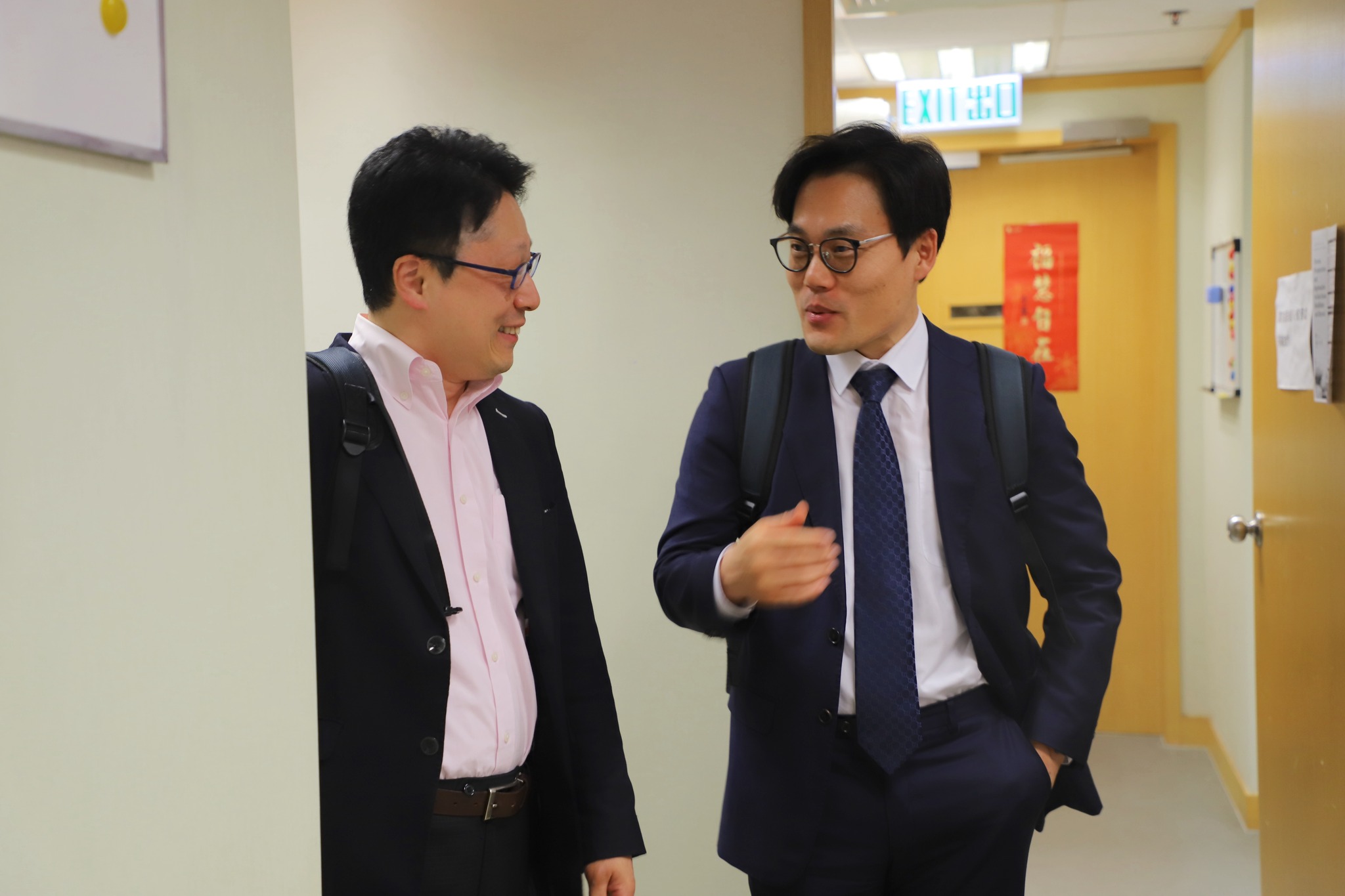
The moral significance of cyberspace is considerable since it resembles much of “IRL” (In Real Life), both in human interaction and community-building, and therefore is of relevance to Mahayana Buddhism. Dr. Song calls this relationship “augmented karma” in scope, scale, and impact. As an entity that at once connects (never have we possessed more information at our fingertips) and alienates (young people have never been lonelier while addicted to their smartphones), cyberspace is a profoundly ethical entity and therefore demands an ethical approach. I hope to share his expertise with you in a detailed piece in the near future.
Ven. Chongdok C.H. Park, director of the Buddhist Culture Research institute at Dongguk University, gave a comprehensive outline of the Jogye Order, which ended with an analysis of the multifaceted crisis facing South Korea’s largest Buddhist institution (“Postulant Education within the Jogye Order of Korean Buddhism: Its Past, Its Present, and the Issues Facing Its Future”). The findings are grim, with declining monastic numbers, a failed initiative to reach out to foreign interest in Seon, and a general picture of a post-war Buddhist institution too sclerotic to respond nimbly to the needs of modern South Koreans, or to answer the challenge of evangelical Christianity. What is needed is perhaps the elevation of a truly charismatic monastic to the leadership: not simply a competent or even excellent bureaucrat or manager, but a passionate personality that inspires and ignites a renewed movement.
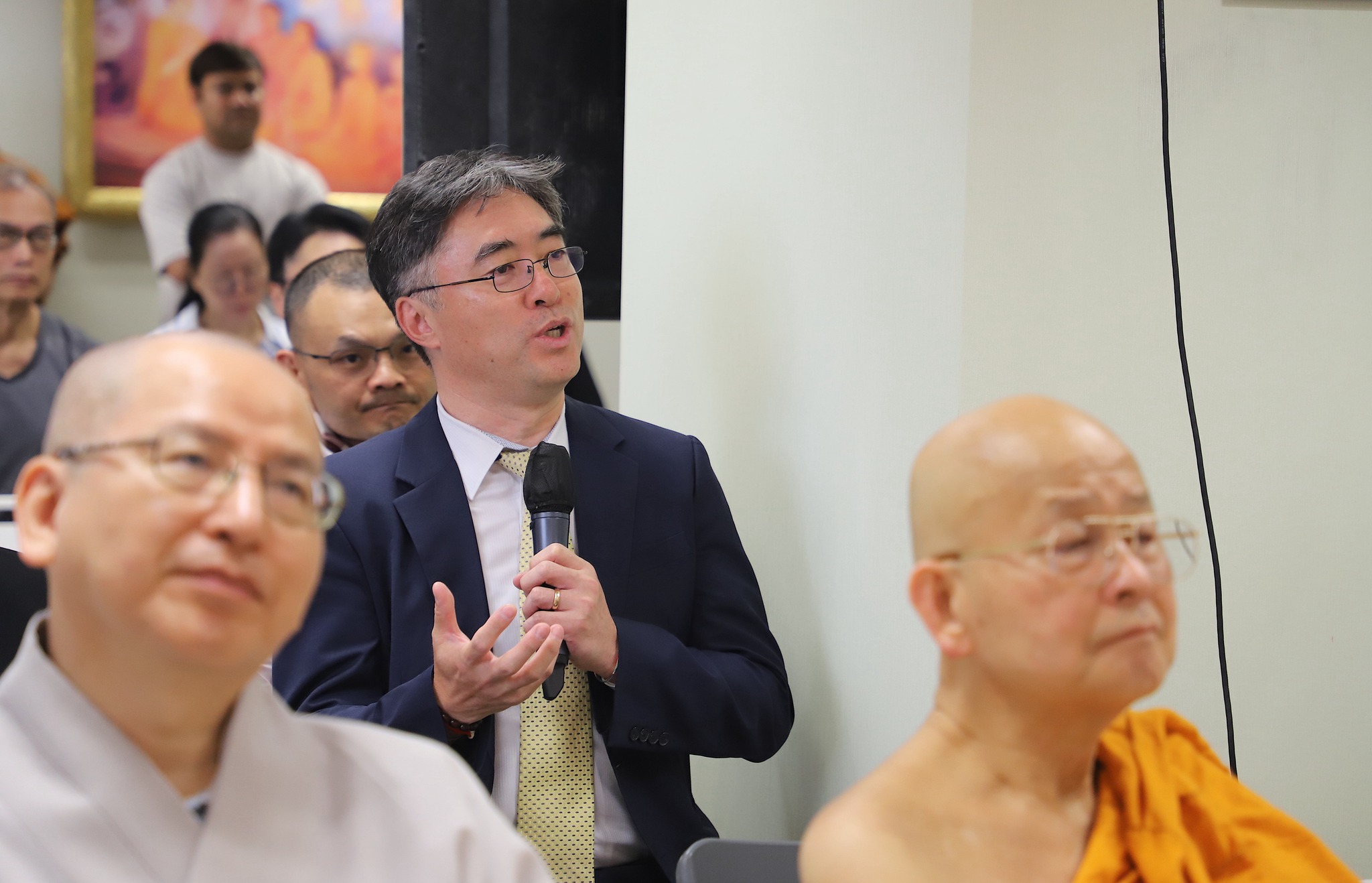
The conference was an unequivocal success, and perfectly balanced economy of scale (two institutions with the host being a relatively small one) with scholarly ambition (the papers presented were of a quality that one would see at any major conference). I would believe that this sets the scene for future symposiums, seminars and workshops that can be held at BDCHK. With further work, I believe BDCHK could possibly become known as a new, specialist hub for quality Buddhist Studies meets across Asia. Dongguk University is just the beginning.
Related blog posts from BDG
The Buddha-Dharma Centre of Hong Kong’s First International Conference

